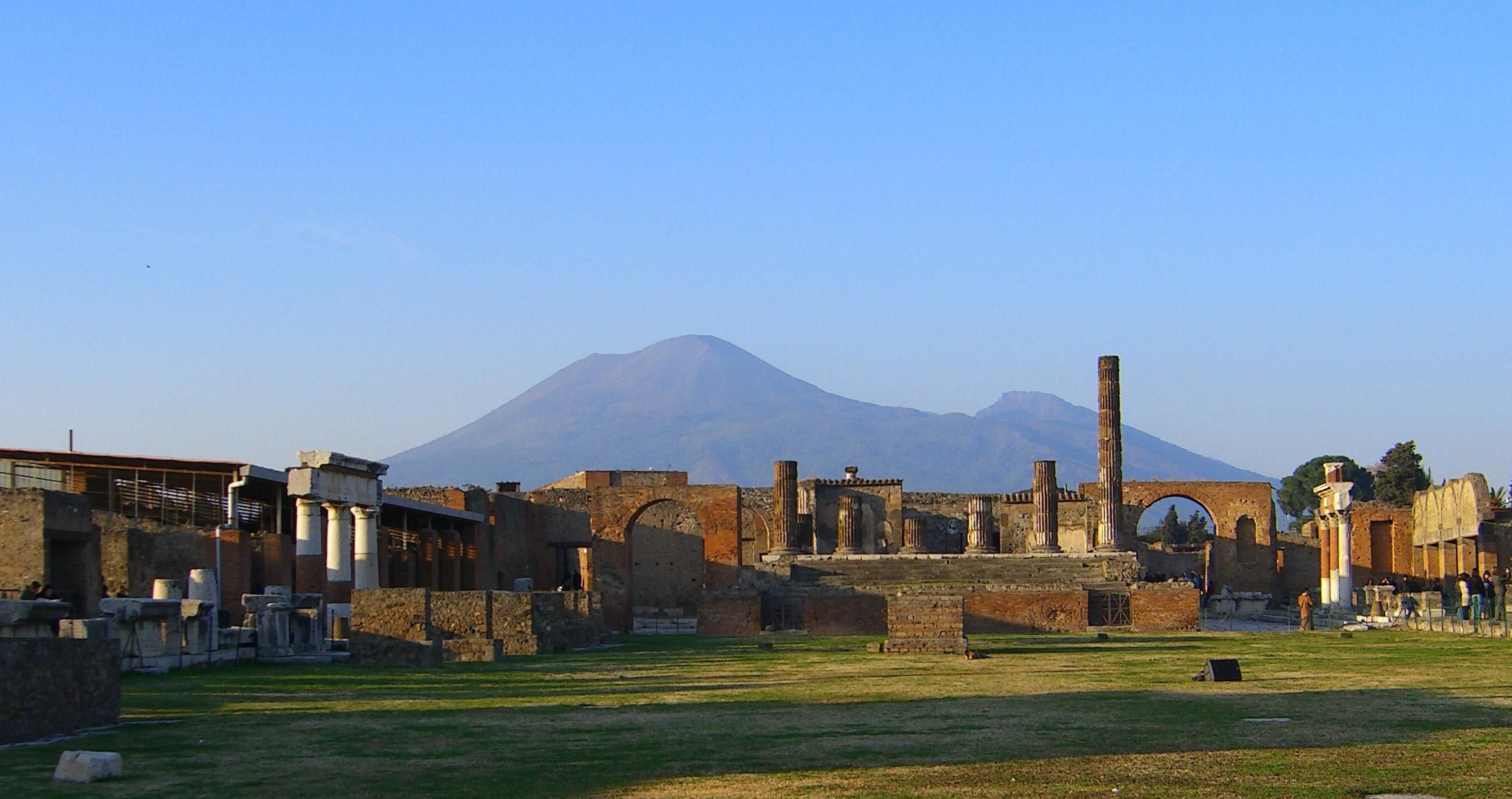Local Attractions
Salerno
Salerno is a beautiful city very close to the beautiful Amalfi Coast and is easily reachable from Naples by train and form Capodichino Airport by bus. Many hotels are close to the seaside and the center of the city.
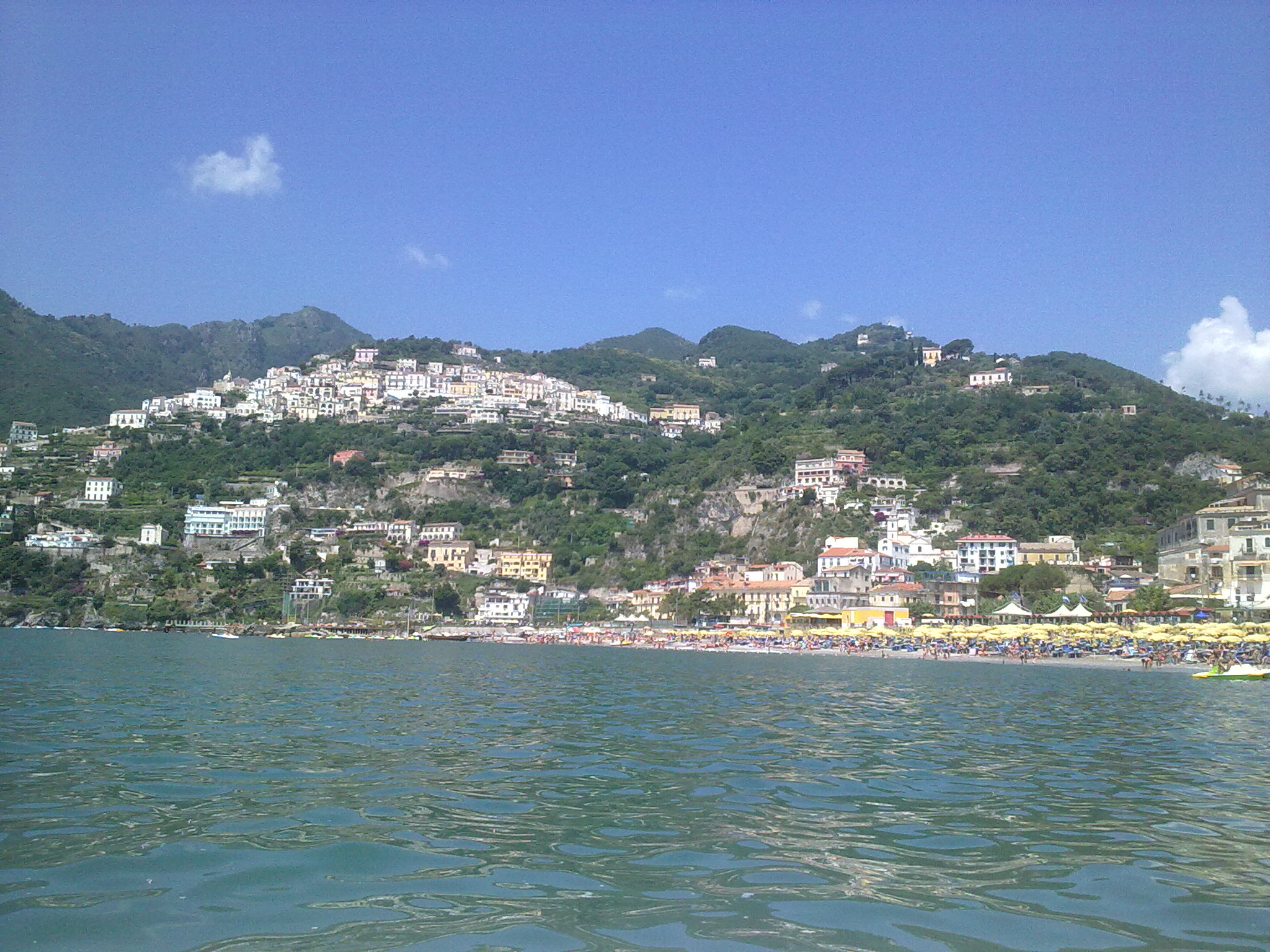
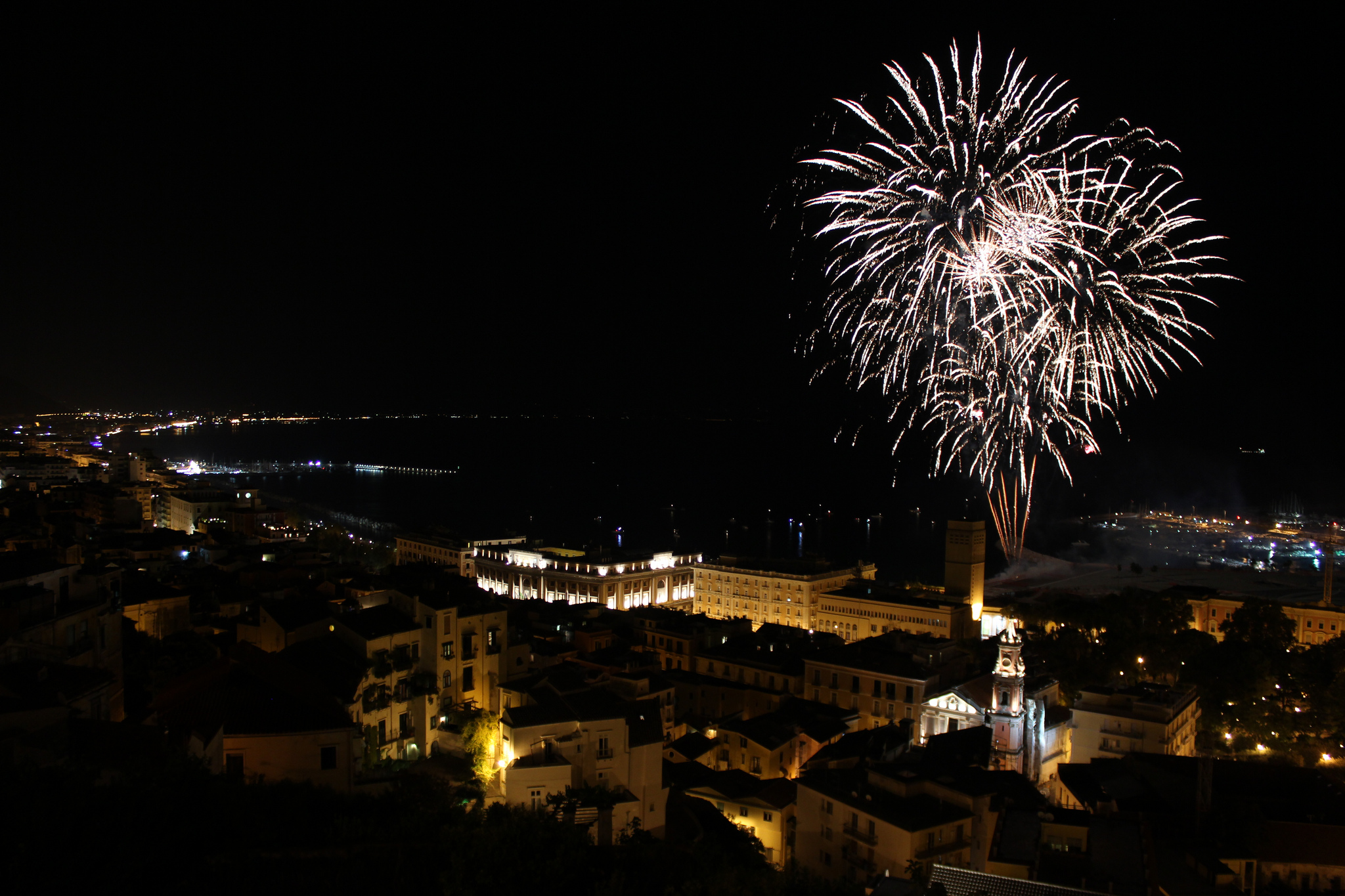
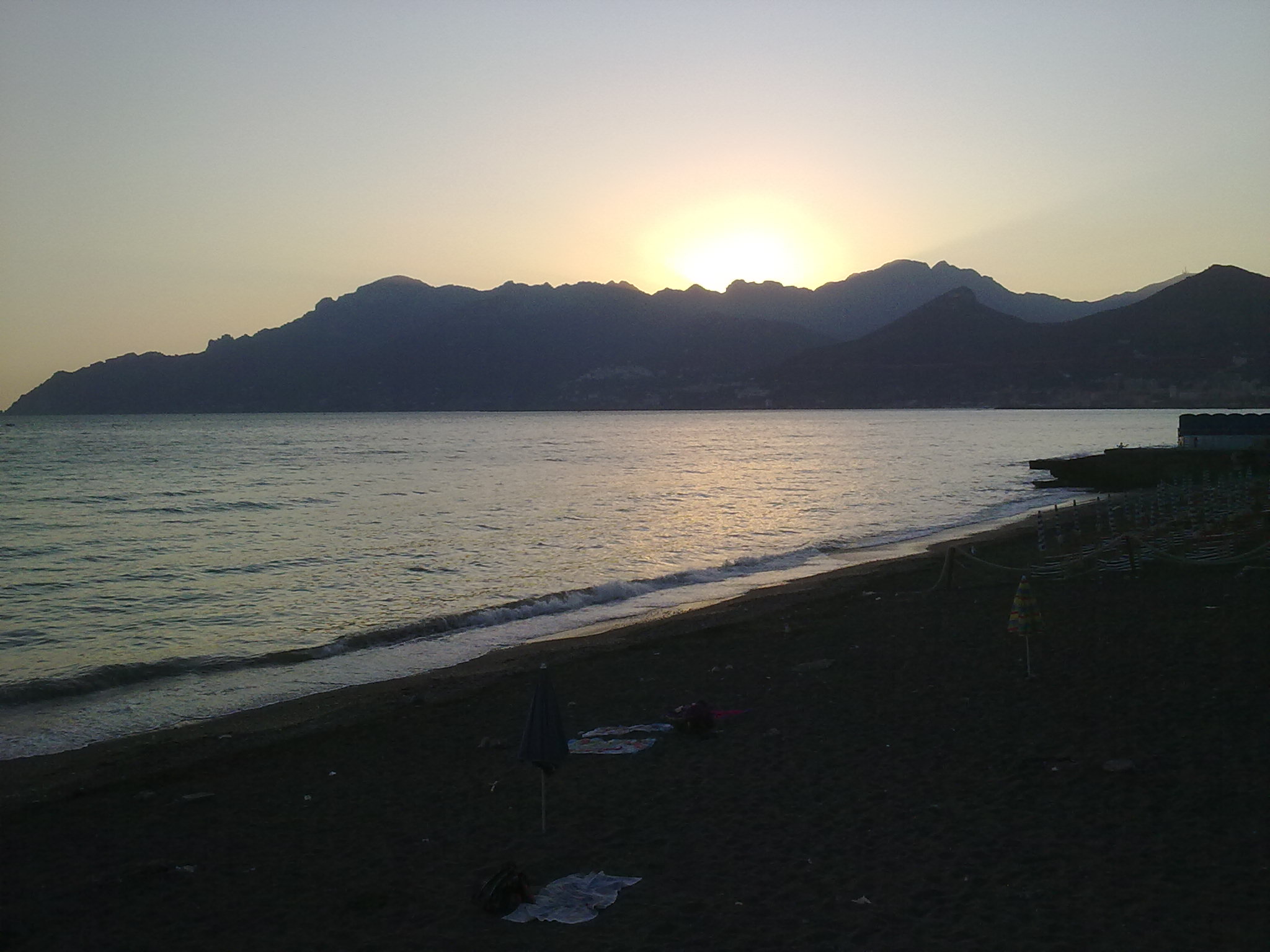
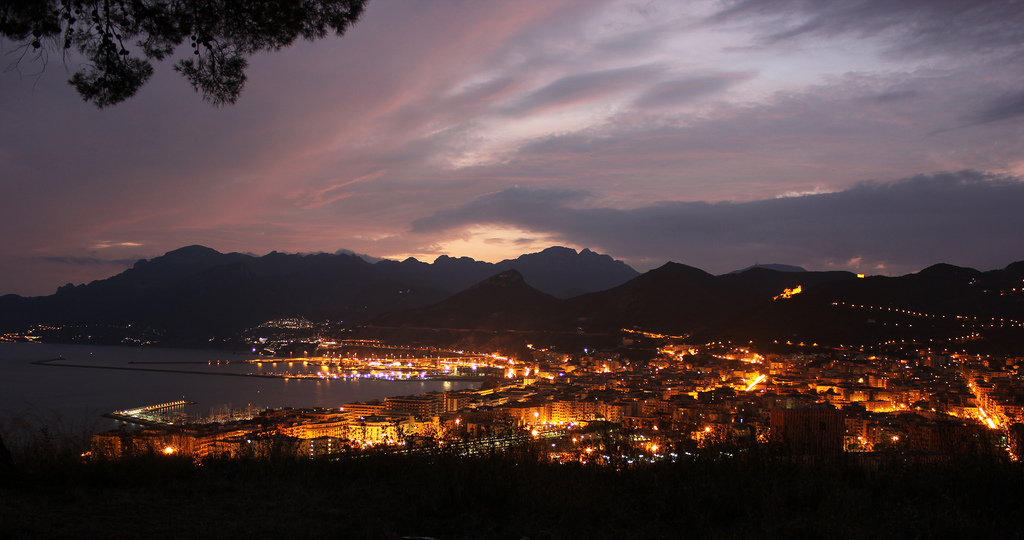
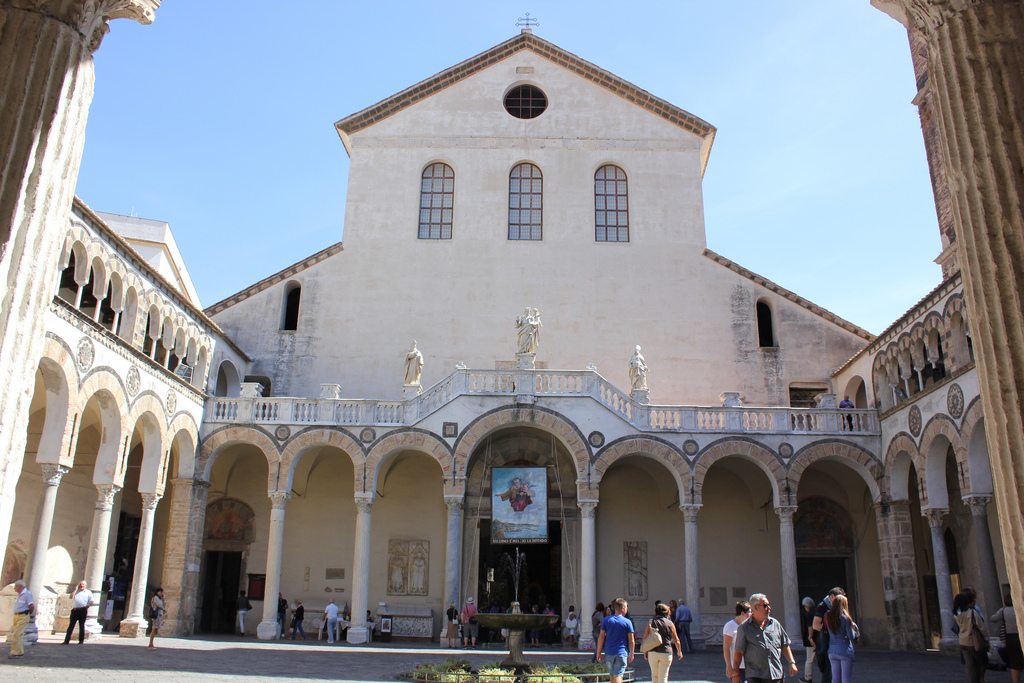
Around Salerno
If you would like to visit all the wonderful places around Salerno, we have prepared a list of suggested places to enjoy your time at CogSIMA 2022.
In order to simplify the use of the following information we have added some icons to quickly identify historical, natural and touristic places. In addition to these, we have also used some icons to indicate how to reach the place form the Grand Hotel Salerno.
Icons legend
Historical
Natural
Touristic
Reachable by train
Reachable by bus
Reachable by car
Reachable by walking
Reachable by ship
If you are interested in more detailed touristic information we suggest to visit Live Salerno
Amalfi Coast
The Amalfi Coast is one of the most enchanting coastlines in Europe, for the spectacular landscape and historic heritage of the place. The vegetable patches and the gardens, are all contained in terraces, where the products, like lemons, are cultivated from centuries. The nature of Amalfi coastline has made very difficult and interesting the construction of the main road (named Statale 163) that connects all the villages of the coast. This incredible road was built around 1840 and completed in 1852, and it wings around the mountains, on cliffs varying from 50ft to 400ft above the sea, offering each corner a breathtaking sea view.
Discover the beauty of the hiking trails along the Amalfi Coast: the Path of the Gods from Praiano to Positano or from Praiano to Agerola, the Path of Agaves in bloom, the Path towards the Monastery of Santa Maria a Castro, the paths that from the heart of Praiano lead to the suggestive beaches of this beautiful location.
There are numerous hiking paths on the splendid Amalfi Coast, starting from the Coast to reach the Lattari Mountains, giving unique sceneries and unforgettable views to the visitors and the nature lovers.
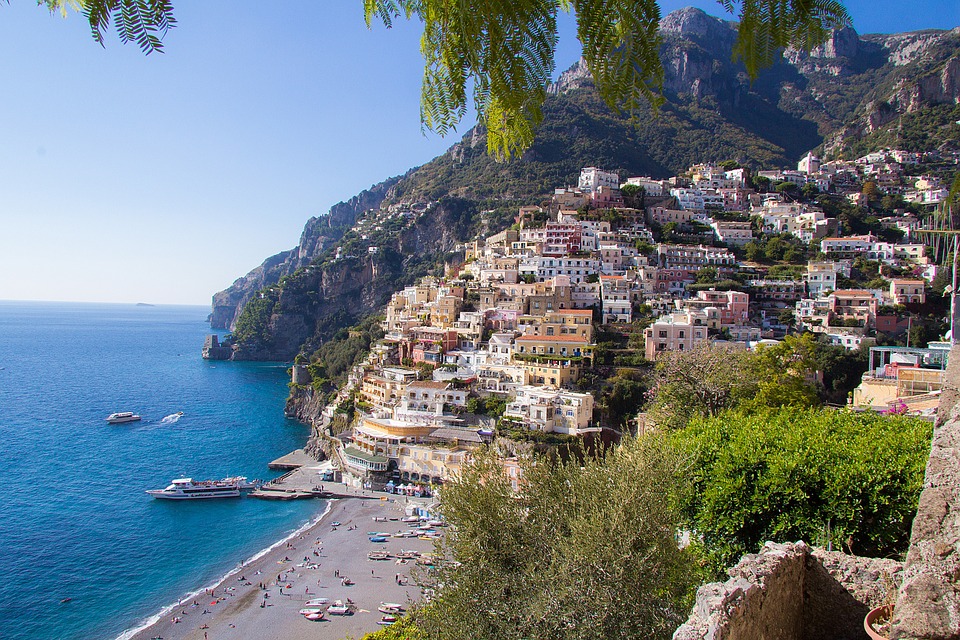
Positano
One of the most gorgeous pearl of the Amalfi Coast, worldwide famous for its beauty. Positano is synonymous of summer fashion. Its boutiques made every summer thousands of dresses in cotton, silk and linen. The fantasy and the geniality of their creations, whose colours are very simple like the green emerald, the white and the yellow, always suggest the summer fashion.
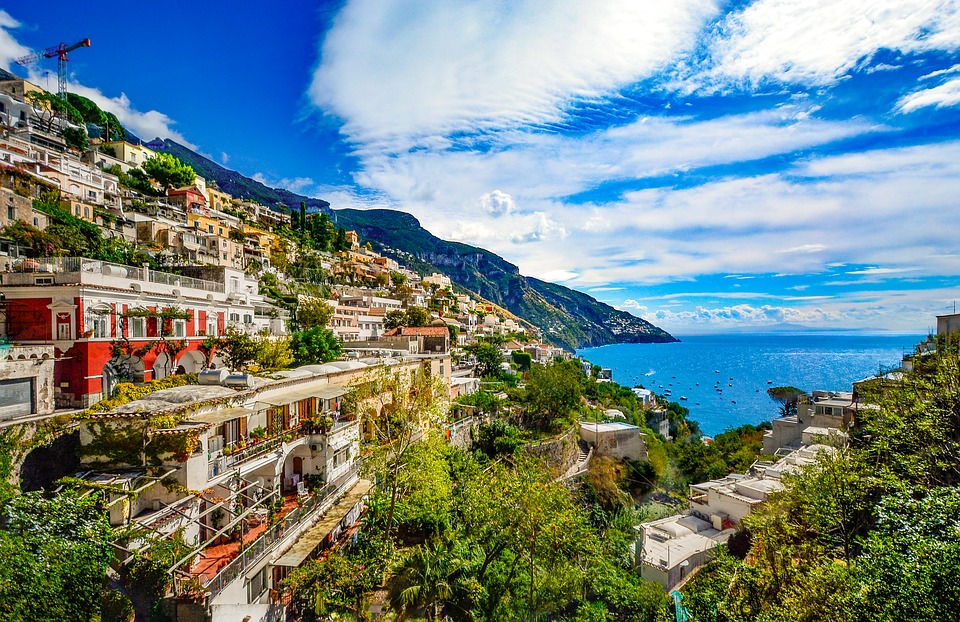
Ravello
Ravello is situated about 5 km from Amalfi; up on the mountains, overlooking the coast from Maiori to Amalfi. The Villa Rufolo, from XII century, erected by the Rufolo's family and the Villa Cimbrone, are two sites not to be missed for their splendor and their internal decorations. Both these Villas have an amazingly beautiful garden that, if it is even possible, enhances the Villas even more. From Villa Cimbrone, you can admire one of the most divine panoramic view of Italy, along all the Amalfi Coast, and on some days, up to the Coast Cilentana.
- Location: Villa Cimbrone
- Opening Times: 7 days a week from 09:00 AM until sunset
- Admission: 7 €
- website: https://www.ravello.com/attractions/villa-cimbrone/
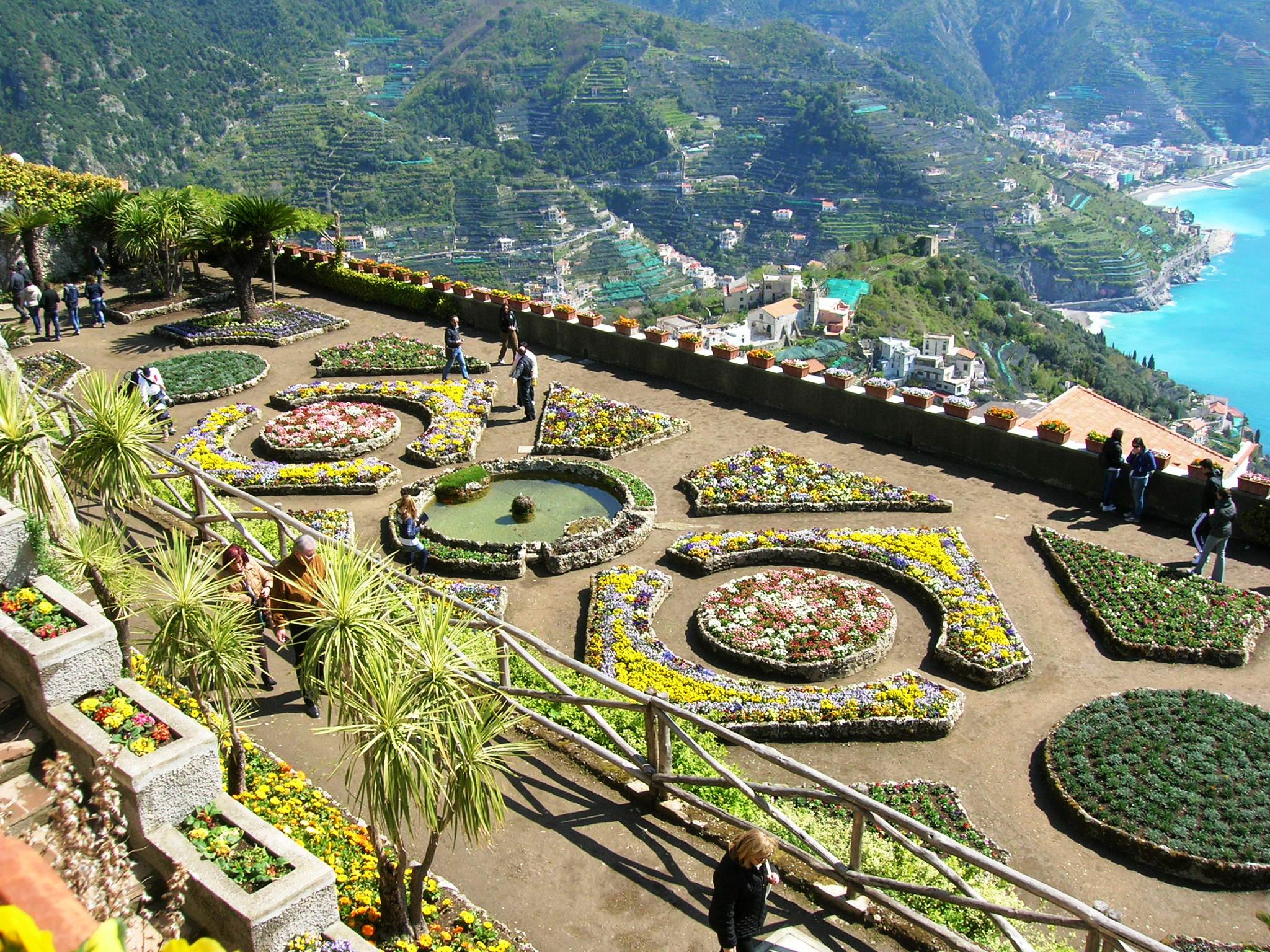
Trekking on the Path of the Gods
The Amalfi Coast is famous all over the world for its natural beauty, so we can't miss the Path of the Gods as the first among the top ten things to do in the Amalfi Coast. The Path of the Gods, from where on the clearest days you can admire in all its glory this corner of paradise, day after day, enchants several tourists and visitors. It is a naturalistic path on the Lattari mountains that runs along the entire coastline for 7 km. In the fraction of Positano, Nocelle, it is perhaps the most interesting part of the Path of the Gods. In fact, it is precisely here that the landscape becomes suggestive due to the alternation of pine forests, caves to explore and especially spectacular glimpses of the Amalfi Coast.
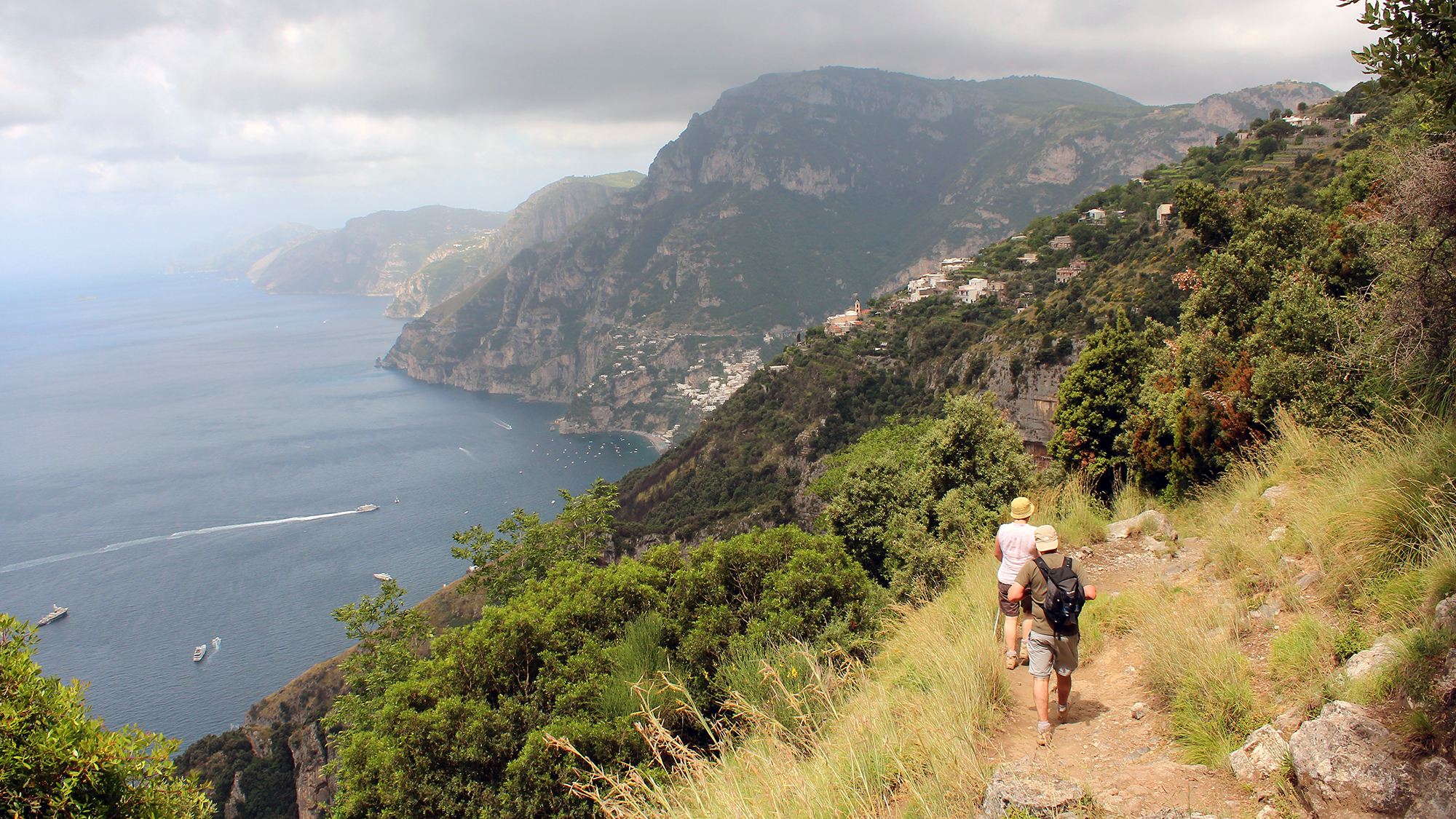
Naples
In the shadow the Vesuvius tourism roots run deep: on the imprints of great greek columns refined aristocrats and Roman emperors built their sumptuous villas and oasis all along the shoreline of the Gulf. It is not a coincidence that at the begining of this third millennium the peculiar magic of this civilisation continues to generate new sources of amazement: the recovery of age old monuments and traditions – folklore, gastronomy, genuine cultivation – that were thought irreparably lost, events and shows worthy of the great international circuit, new fodder for artistic and scientific research.
Naples’ aritistic treasures to visit are countless; the old city centre, world patrimony protected by Unesco; the buildings, the churches, the catacombs and the underground paths, the Archeological Museum; the places of Medieval and Renaissance power around the Castel Nuovo and Palazzo Reale; the unforgettable seafront, from Castel dell’Ovo to Posillipo. The Vomero hill area proposes museum colections among the most important in the world, in restored locations that have been set up in an exemplary way : Capodimonte’s Palazzo Reale and the Certosa of San Martino.

Capri
Luxuriant, extraordinary, and such a mild climate. Capri is a Mediterranean island of calcareous origin that has been visited over the centuries by intellectuals, artists and writers, all enthralled by its magical beauty. A mix of history, nature, worldliness, culture and events that daily blend together and bring the Legend of Capri to life; a legend that sees no comparison anywhere in the world.
Although the majority of holidaymakers staying on Capri wouldn't dream of leaving this paradisiacal island, not even for a minute, those lucky enough to be here for more than a week of two might well be tempted to make the most of its strategic location in the Bay of Naples and to use it as luxurious base from which to visit the tourist attractions on the neighboring islands and on the mainland.
Throughout the year, regular ferry and hydrofoil crossings transport passengers boarding at Capri to the nearby ports of Naples and Sorrento. In the summer months, ferry connections are also available to and from the Amalfi Coast. Those who have always fancied sailing the seas in authentic Capri style, can rent a boat, with or without skipper, in the harbor of Marina Grande.

Ischia
Ischia is a volcanic island in the Tyrrhenian, at the northern end of the Gulfo of Naples. It is almost entirely mountainous, with the highest peak being Mount Epomeo at 788 meters. The island has a population of over 60,000 people.
The community areas in Ischia include ischia Porto (the main Comune of the island), Barano, Casamicciola, Forio, Lacco Ameno and Serrara Fontana.
Thanks to its history, the sea and its special volcanic nature, Ischia is a rare beauty and wellness legacy, an island that celebrates life. 2700 years of history, 103 thermal wellness springs and the largest of the Neapolitan islands, about 30 km from Naples, measuring 10 km from east to west and 7 km from north to south, with 34 km of shoreline. Its highest peak is Mount Epomeo (787 m.). The climate is mild all year round.
Throughout Italy and the rest of the world, The island of Ischia is very high on the list of places for its capacity to accommodate tourist requirements and for its variety of environments and natural beauties whose harmonic complexity has a particular attraction and charm for the tourist, who, nearly always, return to island to recover the strength of their bodies and spirits.
- Location: Aragonese castle
- Opening Times: 7 days a week from 09:00 AM until sunset
- Admission: 10 €
- website: https://www.castelloaragoneseischia.com/
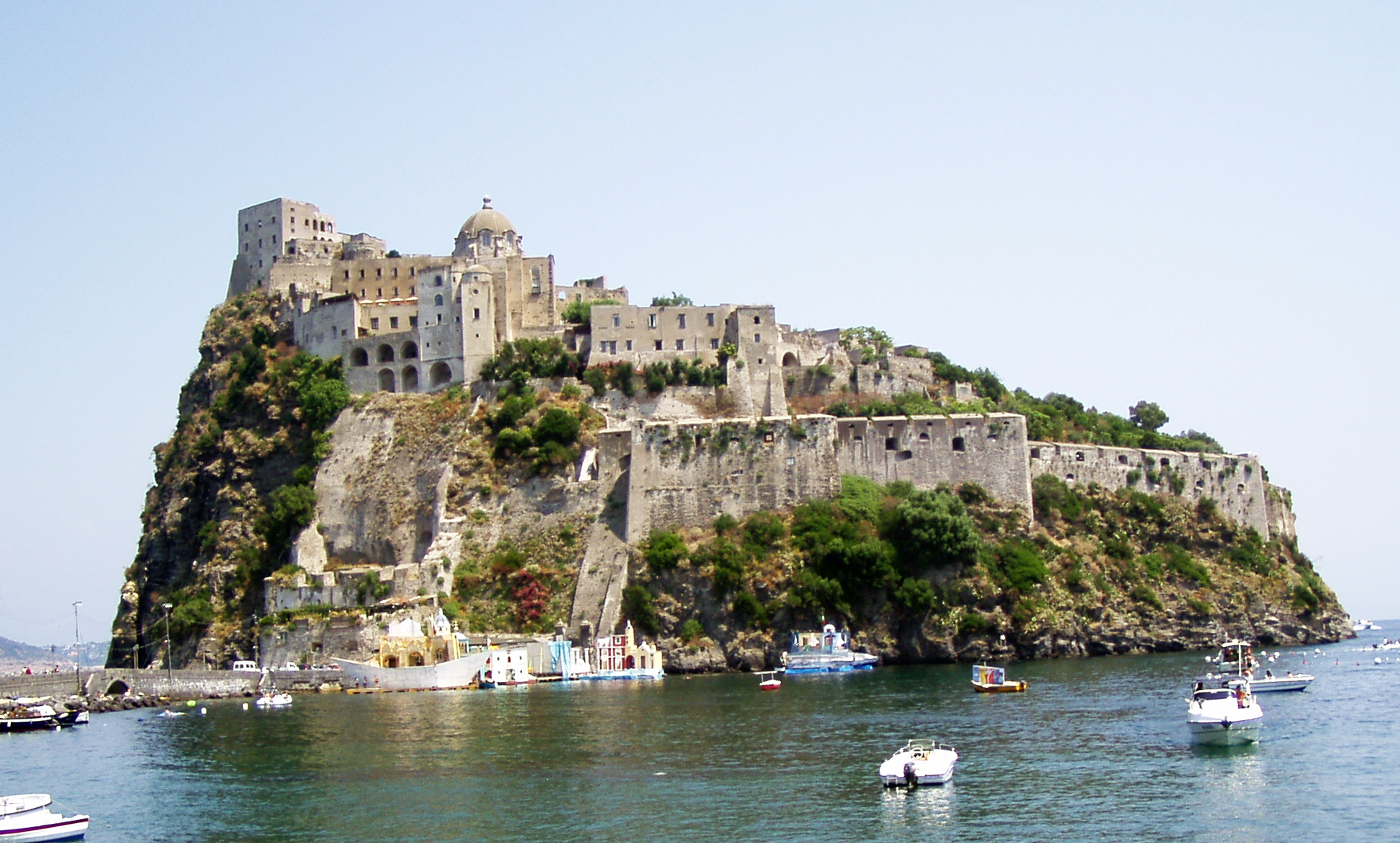
Pompei
Ancient pagan town, buried by about six meters of ash and lapilli following an eruption of Vesuvius, which took place in August 79 AD where many people were dead. In the sixteenth century it was discovered almost by chance during the construction of an aqueduct and as a proof of this a plaque has been placed near the Door Nocera. Thanks to a particular technique devised by Fiorelli, today we can see the positions in which the Pompeians perished during the eruption. He invented a method to get casts, leaching some liquid plaster into the void left by the now dissolved bodies, these casts are a tragic testimony of the disaster. In addition, countless findings of frescoes, pottery, furniture and various tools help us to understand the habits and customs of ancient Pompeii, but just a visit to archaeological site could give us extraordinary emotions. By decree of 1997 Pompeii was included among the sites that are considered World Heritage by UNESCO. The Committee has decided to enter this area on the basis of cultural criteria considering that the extraordinary findings in the city of Pompeii and neighbouring cities, buried by the eruption of Vesuvius in 79 d. C., constitute a complete and living testimony of society and daily life in a moment of the past and cannot find their equivalent anywhere in the world.
- Location: Pompeii Archaeological Park
- Opening Times: 7 days a week 09:00AM-18:00PM
- Admission: 15 €
- website: http://pompeiisites.org/en/
